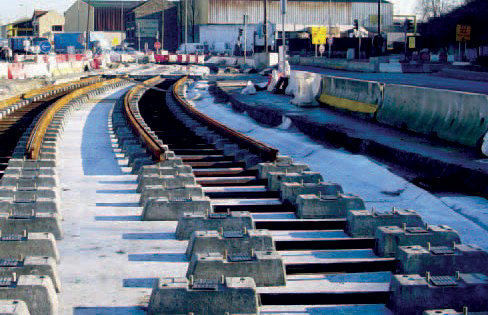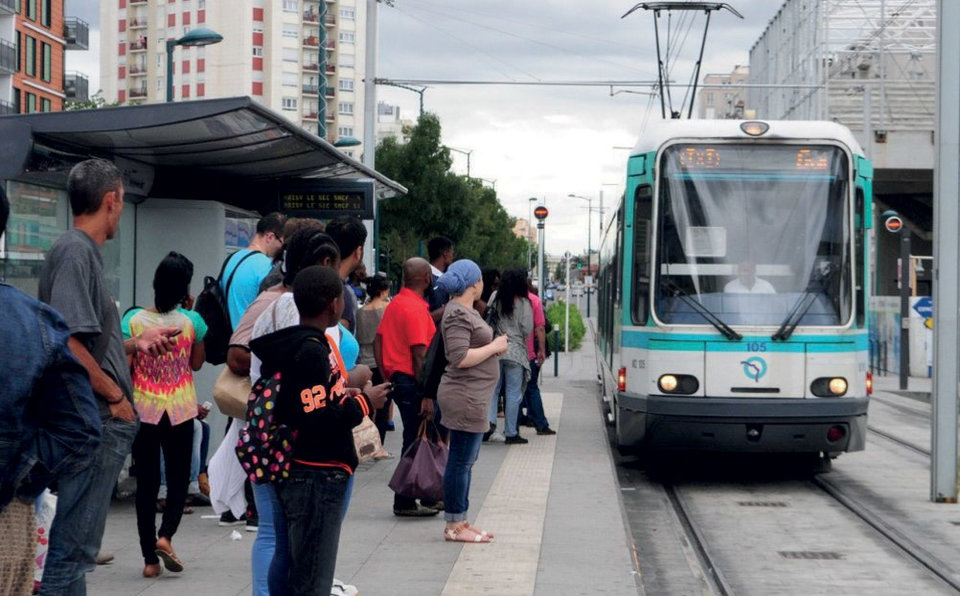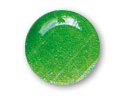COLETANCHE®
Bituminous geomembrane for railways
COLETANCHE® is frequently used in the construction of new rail lines or the refurbishment of existing. Specially designed to directly accommodate ballast, this geomembrane is used to protect water-sensitive soils (clay and gypsum) and to prevent the upward migration of fines in the ballast (sandy soil).
Uses for Coletanche in Australian Rail
- Waterproofing for problematic subgrade soils
- Protection of groundwater from contaminants
- Bridge deck waterproofing for durability
- Reduce gravel layer thickness
- Absorption of stray currents for electric rail lines
- Durable for unprotected contact with ballast and subgrade
Reduction in the thickness of gravel structure
of different particle sizes...
Reduction in the thickness of
gravel structure
of different particle sizes...
...To solve levelling problems around civil engineering works with height limitations: overpasses and tunnels with catenaries.
Advantages specific to rail lines
- Exceptional resistance to punctures caused by aggregates
The exceptional resistance of COLETANCHE® to punctures caused by aggregates has been confirmed by standardized tests in Europe and North America. As such, once the surface has been graded and compacted, COLETANCHE® can be placed directly on natural or imported supports without the need to install a geotextile between the support and the geomembrane. It can also be installed directly on the ballast without protection. - Quick to install and maintain
COLETANCHE® is easy to install, even in adverse weather conditions (strong winds, extreme temperatures, etc.), limiting interruptions during new installation work. The panel installation technique makes it possible to get civil engineering structures up and running again on time, especially in the case of maintenance work that is often done in stages and that requires very short traffic interruptions. COLETANCHE® can be easily installed by local contractors following training by a COLETANCHE® instructor. - Exceptional durability
Analyses of COLETANCHE®, geomembranes installed since 1974 under the rails of the Paris-Toulouse line in France have proven their excellent durability despite several changes of ballast. The mechanical characteristics (tensile strength, puncture resistance, elongation at break) and waterproofing (approx. 10-14 m/s) of the COLETANCHE® have not changed since the geomembranes were first installed.


Advantages specific to rail lines
- Exceptional resistance to punctures caused by aggregates
The exceptional resistance of COLETANCHE® to punctures caused by aggregates has been confirmed by standardized tests in Europe and North America. As such, once the surface has been graded and compacted, COLETANCHE® can be placed directly on natural or imported supports without the need to install a geotextile between the support and the geomembrane. It can also be installed directly on the ballast without protection. - Quick to install and maintain
COLETANCHE® is easy to install, even in adverse weather conditions (strong winds, extreme temperatures, etc.), limiting interruptions during new installation work. The panel installation technique makes it possible to get civil engineering structures up and running again on time, especially in the case of maintenance work that is often done in stages and that requires very short traffic interruptions. COLETANCHE® can be easily installed by local contractors following training by a COLETANCHE® instructor. - Exceptional durability
Analyses of COLETANCHE®, geomembranes installed since 1974 under the rails of the Paris-Toulouse line in France have proven their excellent durability despite several changes of ballast. The mechanical characteristics (tensile strength, puncture resistance, elongation at break) and waterproofing (approx. 10-14 m/s) of the COLETANCHE® have not changed since the geomembranes were first installed.
COLETANCHE® structure
The structure of the COLETANCHE® ES4 , which is used in this type of application, is as follows:
- A non-woven polyester geotextile with a mass of 400 g/m2 that gives it its mechanical properties
- A glass mat that ensures the stability of the geomembrane at high temperatures and provides enhanced resistance
- A binder consisting of a mixture of elastomeric bitumen and filler that impregnates the entire geotextile, ensuring the impermeability and longevity of the COLETANCHE® geomembrane
- PET root barrier film that is hot-bonded to the bottom surface
- A high friction sand layer for interface friction and worker safety in all conditions
[1] Sub-ballast work, Gare du Nord, Paris / France
[2] Road reinforcement on clay soil, Crawford / USA
[3] Road reinforcement on clay soil, Crawford / USA
International civil engineering waterproofing specialists
COLETANCHE® geomembranes have been used by civil engineering professionals for over 40 years.
Some of our COLETANCHE® achievements for this application:
> 28,050 m² / 301,900 ft² / Tramway-train , Nantes – Chateaubriand line / France
> 13,800 m² / 148,500 ft² / Tramway, Epinay - Le Bourget line / France
> 60,000 m² / 645,800 ft² / LGV line, Rhin-Rhône, Nantua / France
> 11,000 m² / 118,400 ft² / Road reinforcement on clay soil, Crawford / USA [2] [3]
> 12,000 m² / 129,200 ft² / Modernization of line, Epinal / France
> 8,800 m² / 94,700 ft² / Sub-ballast work, Gare du Nord, Paris / France [1]

For more details on Coletanche use in railway applications contact us at info@axter.com.au
Axter Australia
Suite 1302 - 13th floor
50 Cavill Avenue
Gold Coast - 4217 Australia
T : +61 (7) 56 35 44 89
E-mail : info@axter.com.au

Click here to view our Railway brochure

